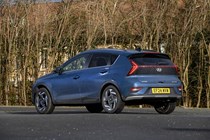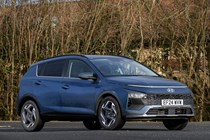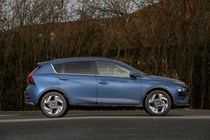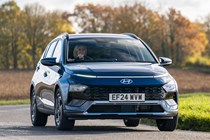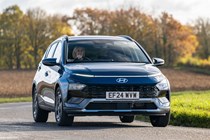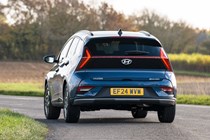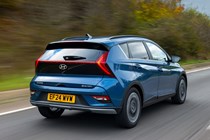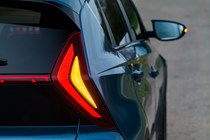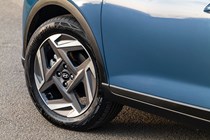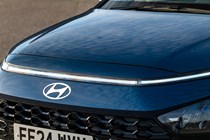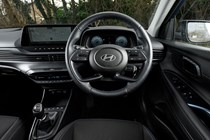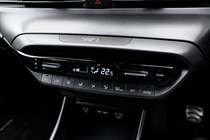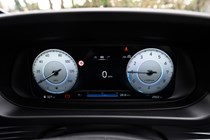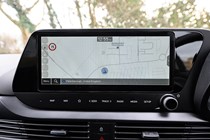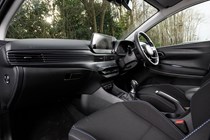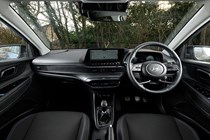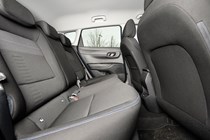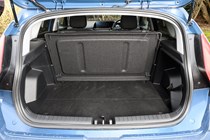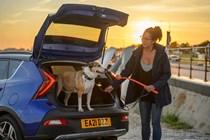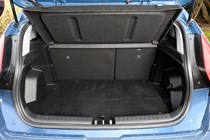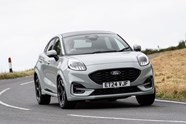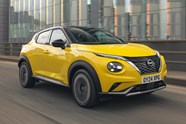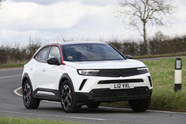
Hyundai Bayon verdict
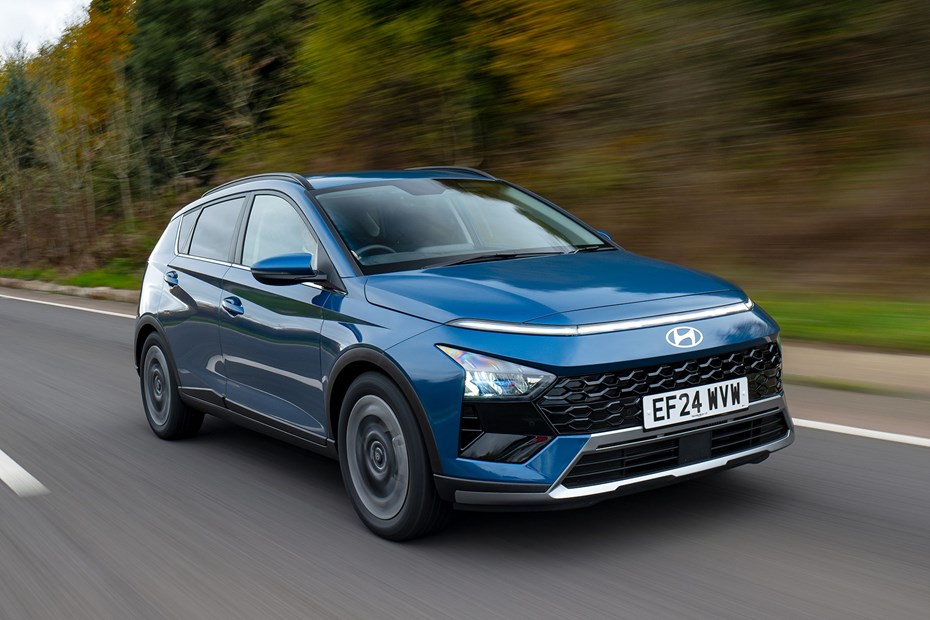
Should you buy one?
That depends what you’re looking for in a small SUV. If all you want is something that’s cheap and stylish, the Hyundai Bayon could be right up your street. But its appeal quickly evaporates the second you ask it to show some greater character depth.
It isn’t that fun to drive, its cabin isn’t particularly plush, it has an average safety rating for its class, it’s lacking the latest technology (such as wireless phone mirroring) and, now that Hyundai has discontinued its mild hybrid petrol engine, it isn’t especially fuel efficient.
If you’re looking for a good all-round small SUV, we think the Ford Puma and Renault Captur are more appealing, even if you do need to spend more money to have one on your drive. Alternatively, if you’re specifically looking for something that doesn’t have any hybrid assistance, why not consider the Parkers award-winning Skoda Kamiq?
What we like
The Bayon is comfortable and spacious. This facelifted car’s lack of a mild hybrid system means you now get 411 litres of boot space, which is nearing the top of the class. We also expect it to be a reliable car, as it’s based on the same mechanicals as the i20 supermini. It’s been screwed together very well, too.
What we don’t like
The interior is rather dour, it’s forgettable to drive and it isn’t that clever. The Renault Captur has a far more flexible seating layout and the option of a hybrid powertrain, neither of which the Bayon can compete with. We also hate the Bayon’s heavily damped clutch pedal, and we miss its old mild hybrid powertrain. Still, at least it’s affordable.



